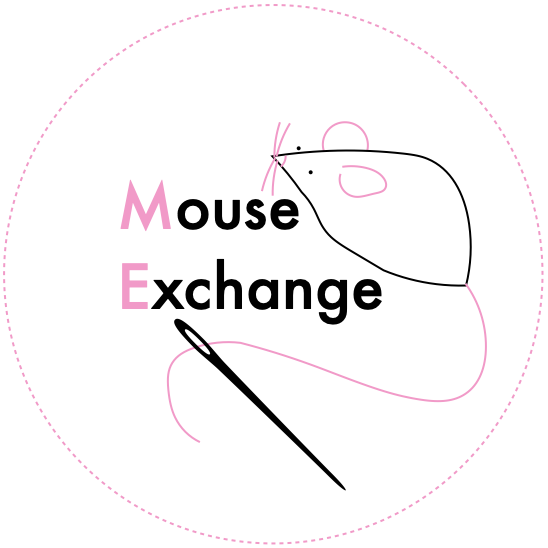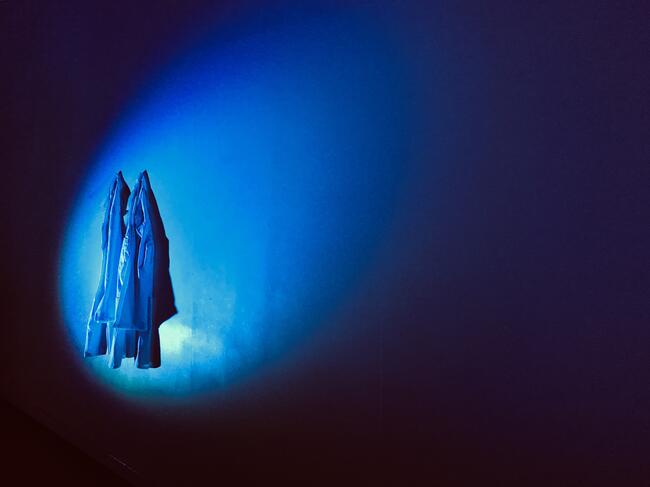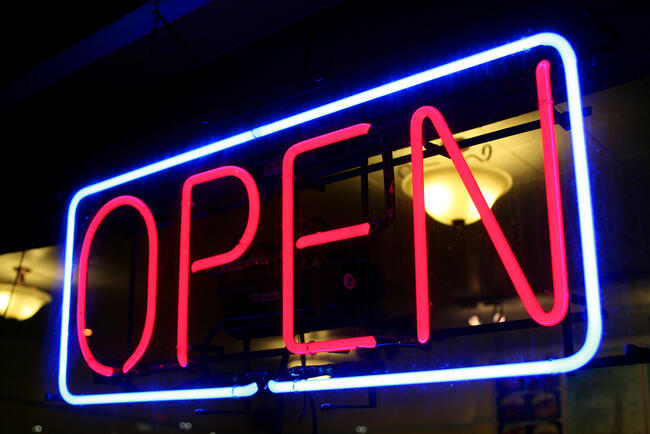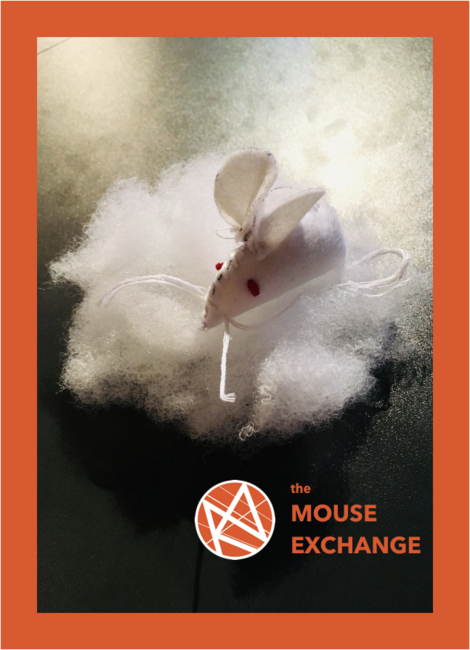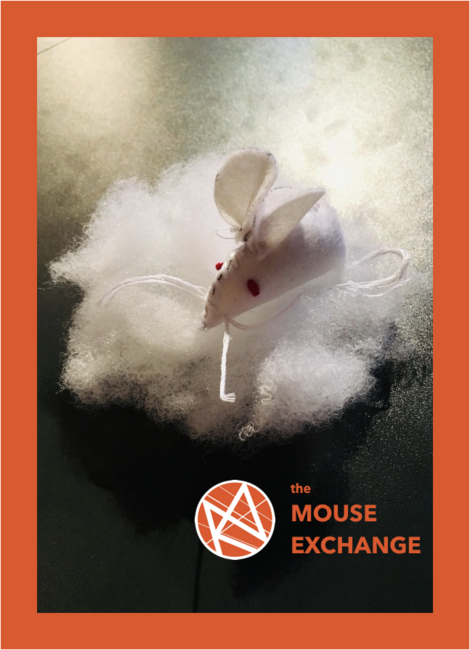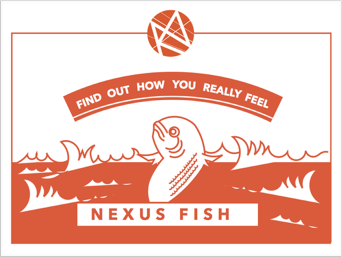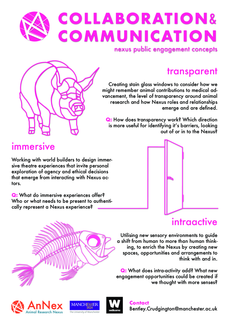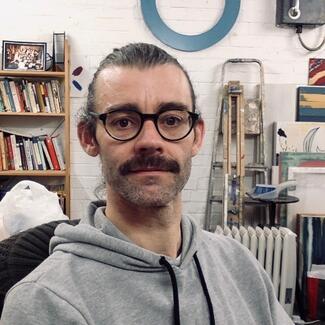The Mouse Exchange is a public engagement activity where we invite small groups of members of the public to “make a mouse” with researchers, using felt, wool and other craft materials. Throughout the 20 or so minutes we spend together participants can explore the origins of laboratory mice through conversation and interaction with objects.
It is a curiosity-driven activity that creates a space for participants to relate to laboratory mice differently. Across a number of events, it has inspired excitement and intrigue, as well as intimate and reflective conversations on the subject of animal research.
